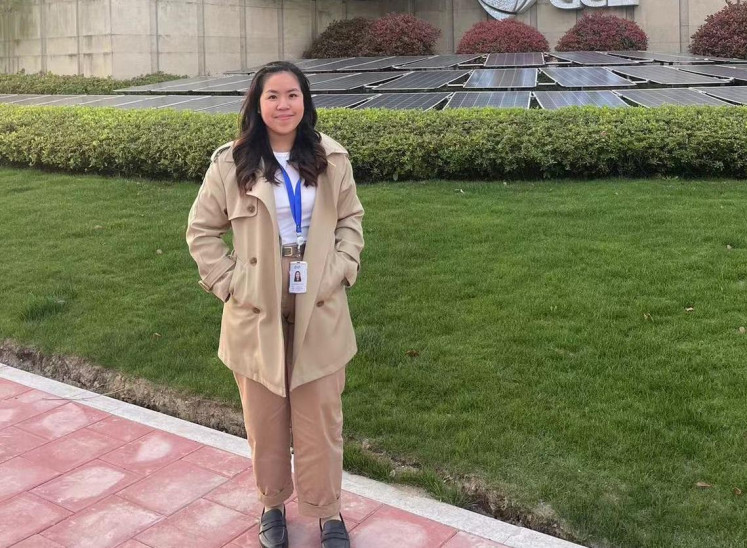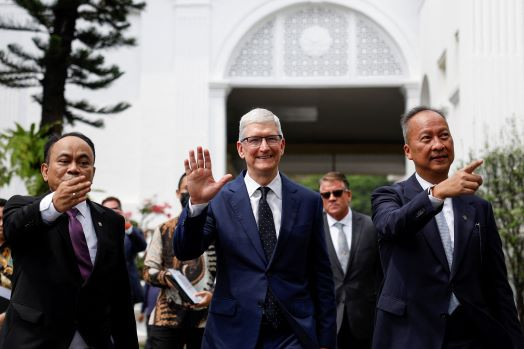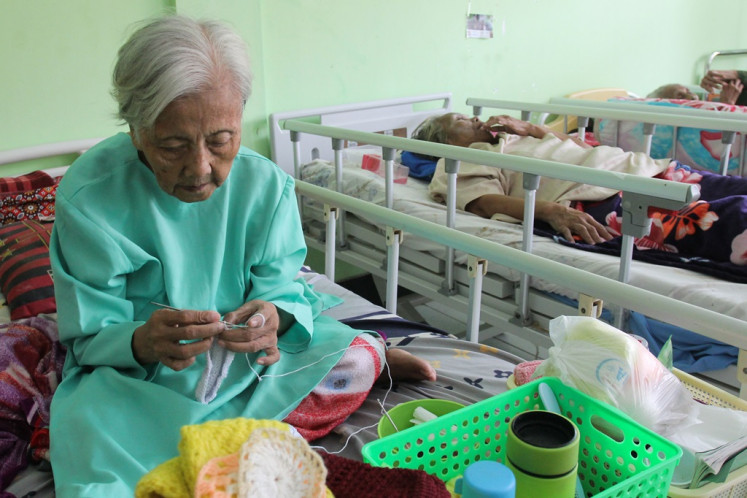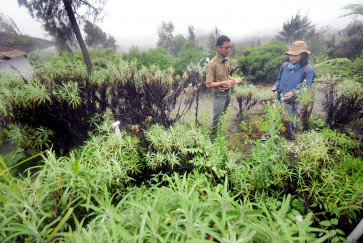The paradoxes of social forestry in Indonesia
Social forestry development in Indonesia has been constrained by a myriad of factors and has created paradoxes within it.
Change Size
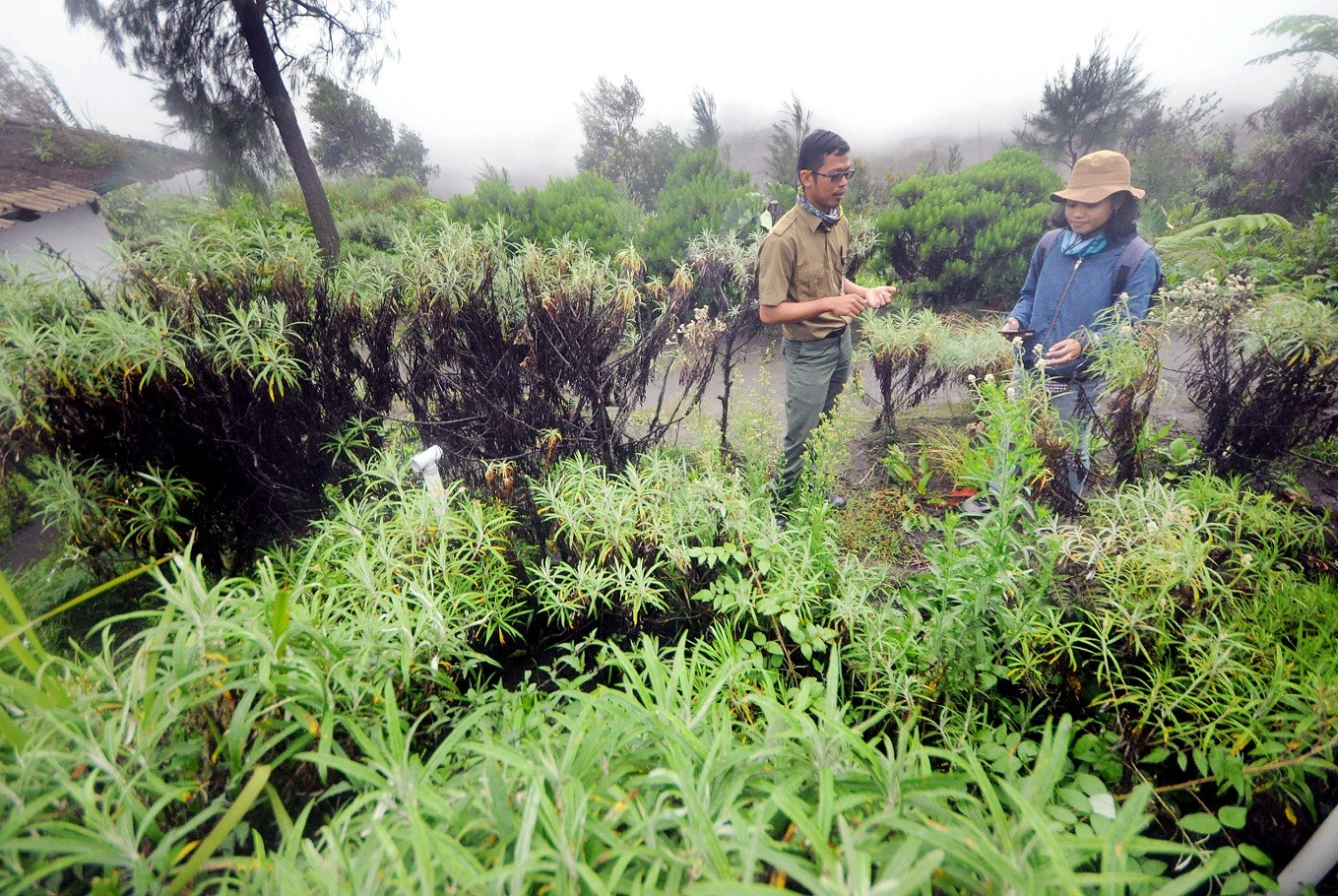 Education: Birama Terang Radityo (left), a forestry field officer from the BB-TNBTS, poses with a tourist at the Edelweiss Education Park set up in Cemorolawang hamlet, Ngadisari village, Sukapura, Probolinggo, East Java. (JP/Nedi Putra AW)
Education: Birama Terang Radityo (left), a forestry field officer from the BB-TNBTS, poses with a tourist at the Edelweiss Education Park set up in Cemorolawang hamlet, Ngadisari village, Sukapura, Probolinggo, East Java. (JP/Nedi Putra AW)
A
s part of its land tenure reform policy, the Indonesian government under President Joko “Jokowi” Widodo has set an ambitious target of 12.7 billion hectares of state forest land to be made available for legal access by rural communities under a number of social forestry schemes.
At the central policy level, social forestry has evolved to embody three core development objectives: Democratization of resource access, poverty alleviation and sustainability of forest resources. These objectives closely parallel the current sustainable development goals Indonesia is struggling to achieve.
This positive policy is predisposed toward poverty alleviation for those living in rural areas. However, looking at the presentday pace, social forestry development in Indonesia has been constrained by a myriad of factors and has created paradoxes within it.
First, Indonesia, which has the highest forest cover in comparison to other Southeast Asian countries (around 120 million hectares), surprisingly has one of the lowest achievement records in terms of forest area under social forestry agendas.
The latest data from The Center of People and Forests (RECOFTC) shows that while the Philippines and Vietnam have each exceeded 4 million hectares of forest under social forestry programs, Indonesia is stuck at less than 1 million hectares up to mid-2017, most of which has been achieved in the last 10 years.
Although countries may have varying definitions for “forest” and “social forestry,” Indonesia has less than 1 percent of its total state forest land area under such schemes, as compared to Vietnam, which has about 30 percent, and the Philippines, which has 50 percent.
Second, while the target has been set high and is ambitious, the bureaucratic processes established within the Environment and Forestry Ministry to achieve this target are cumbersome and have been almost static for years. This is not surprising for those who have been following Indonesia’s forestry regime policy processes.




